Tech to Connect
The demanding work of plant conservation often leaves little time or energy to share its importance and impact with the broader community. Detailed data and herbarium vouchers that are vital in documenting species distribution and diversity as well as population trends over time can be tucked away in herbarium cabinets and computers. The amazing story of how a species adds life and color to intermountain steppe habitats is shared only among the handful of people who track these species closely. But technology has allowed Denver Botanic Gardens to more easily go that extra step of sharing their data and telling their plant stories to a wider audience. Through technology, the Gardens are able to connect to both researchers and the public, thereby expanding the reach of their work.
Seeing the Value of Plants
While Colorado plants of conservation concern are incorporated in the living collections with many on display at Denver Botanic Gardens, most of the conservation work happens out of the public eye. Labs, herbaria, and nurseries are tucked away, and field sites are dispersed across Colorado. Creative use of technology at the Gardens not only helps visitors connect with the conservation science its scientists undertake; it also helps them view plants and nature through a scientific lens. Much of this outreach takes place within the Science Pyramid at the Gardens, an impressive piece of architecture that draws on nature for inspiration in its design and pulls visitors in to learn more about Colorado and the steppe environments of the world. In Colorado, these shortgrass prairies and sagebrush valleys are habitat for the rare species studied by the Gardens’ scientists.
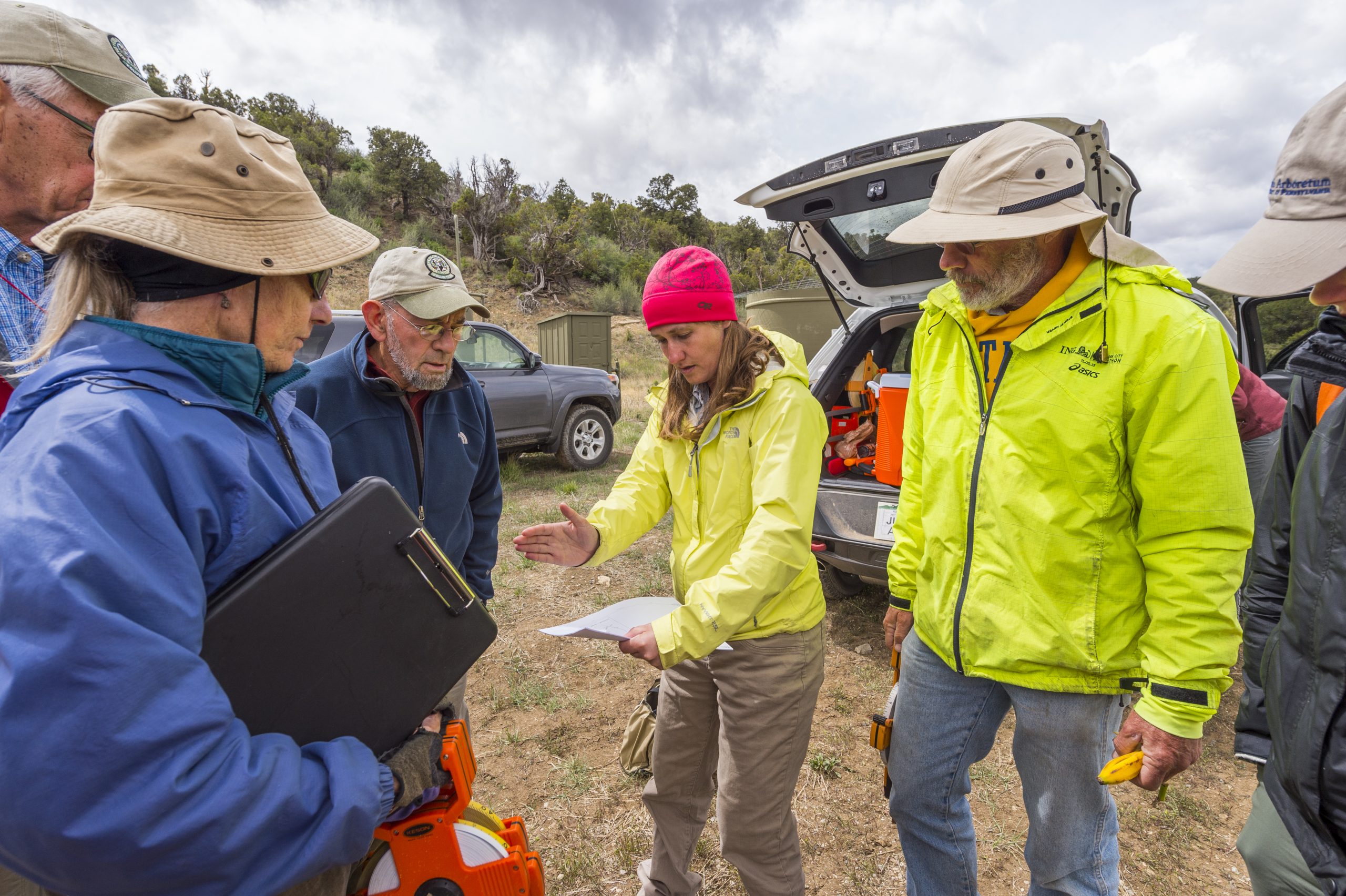

Within the Science Pyramid, exhibits full of interactive technologies – touchscreens, sound, video, and even a globe – share tales of science and plant exploration. Tall, slim structures reminiscent of an aspen glade, feature digital overviews for visitors showcasing the biodiversity of Colorado, plant adaptations, and the science conducted by Gardens staff. Interactive boulder-like structures provide detailed vignettes of conservation and citizen science efforts to visitors. The integrated touch screens of a large topographic map table not only introduce the visitor to the diversity of ecosystems in Colorado; they also allow the user to explore images of major ecosystems and highlight similar ecosystems in other steppe regions around the world. Bringing the outdoors in, various components of the Science Pyramid exhibits respond to the outdoor temperature and windspeed.
Yet, the public need not visit the Science Pyramid, nor even the Gardens, to learn more about the work being done to save plants. Videos aren’t just for exhibits, but can be found on the Gardens’ YouTube channel. Here, a viewer can be transported to the Colorado steppe as a team monitors the National Collection species Colorado hookless cactus (Sclerocactus glaucus) or to the Gardens’ Chatfield Farms site as they work to restore the creek that runs through it.
These technologies help connect the public to nature. But the tales also empower them to get more involved. Visitors to the Science Pyramid, the YouTube channel, or even the Gardens’ blog, gain an understanding of the breadth and depth of scientific programming at the Gardens. They are also invited to learn about citizen science efforts in which they can participate.
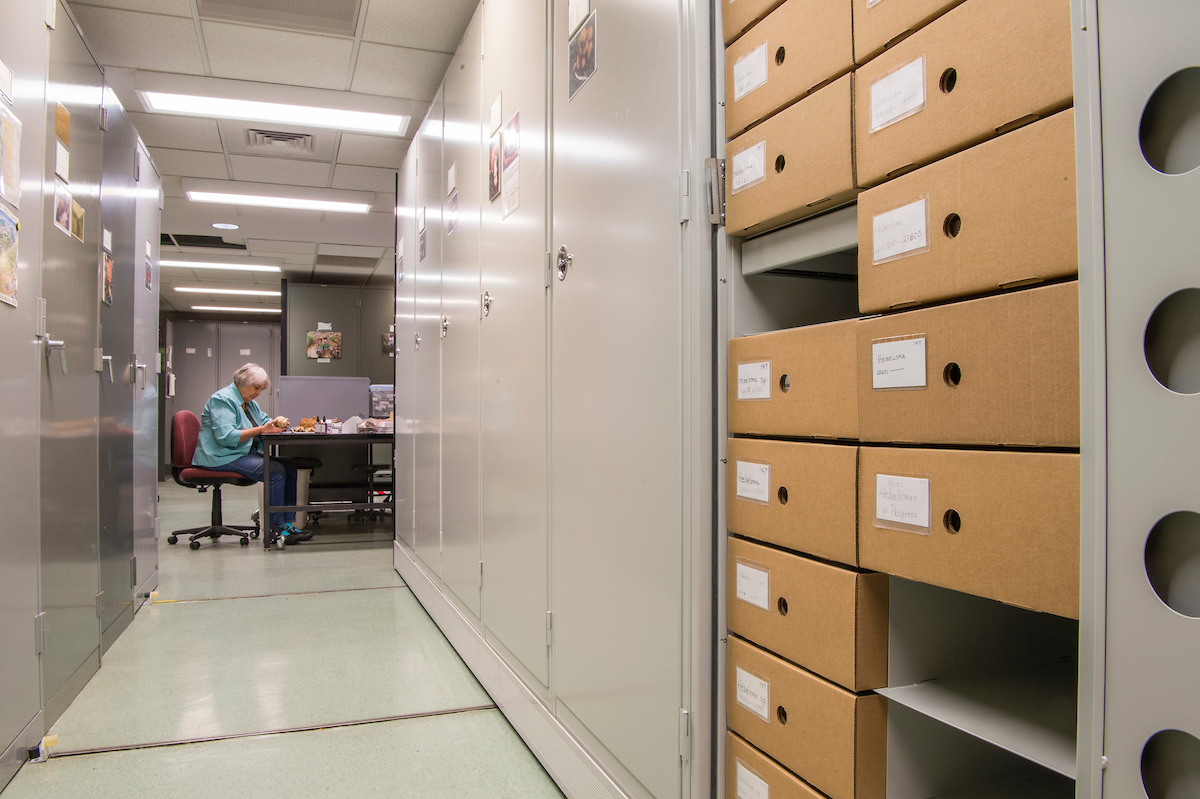
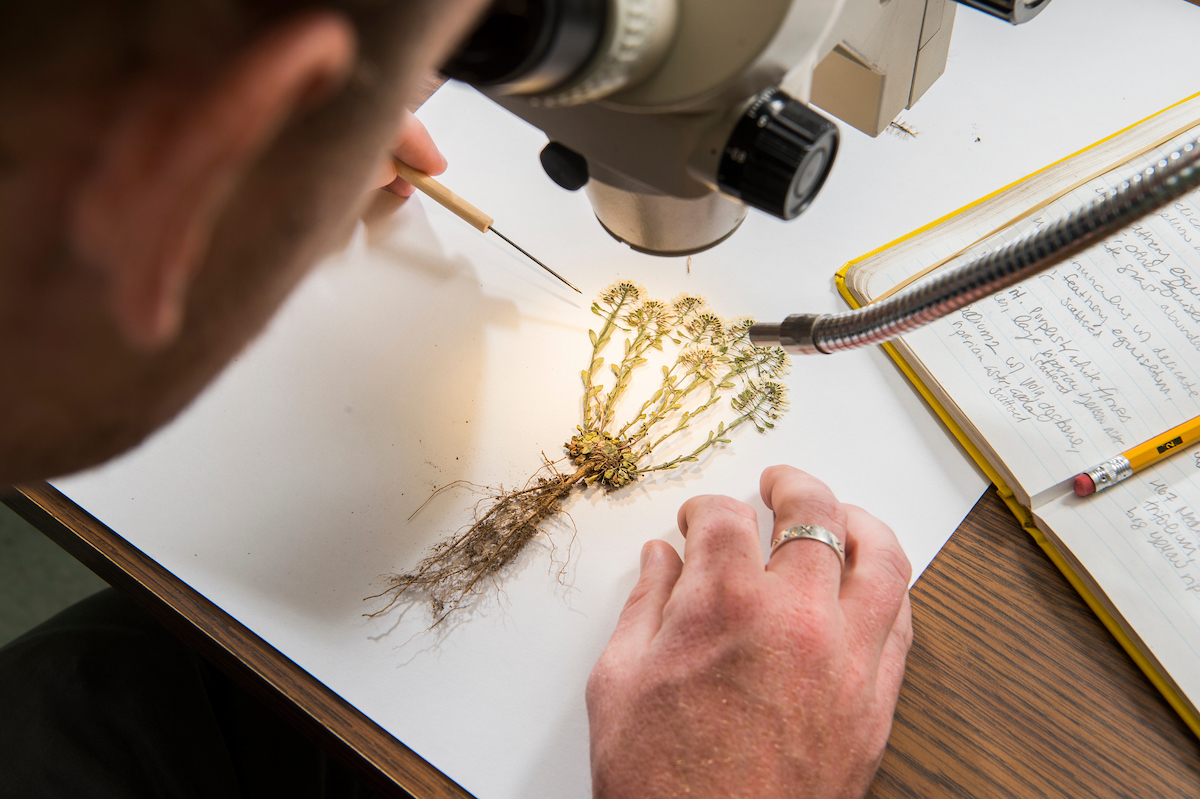
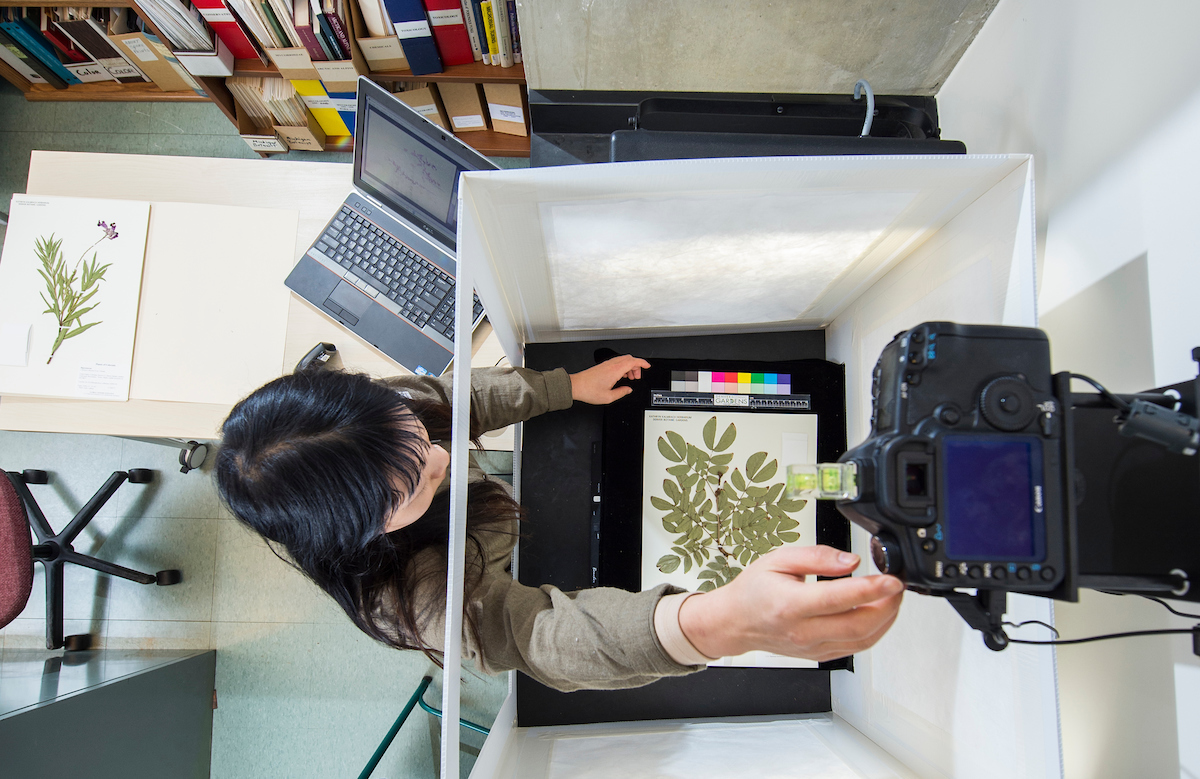
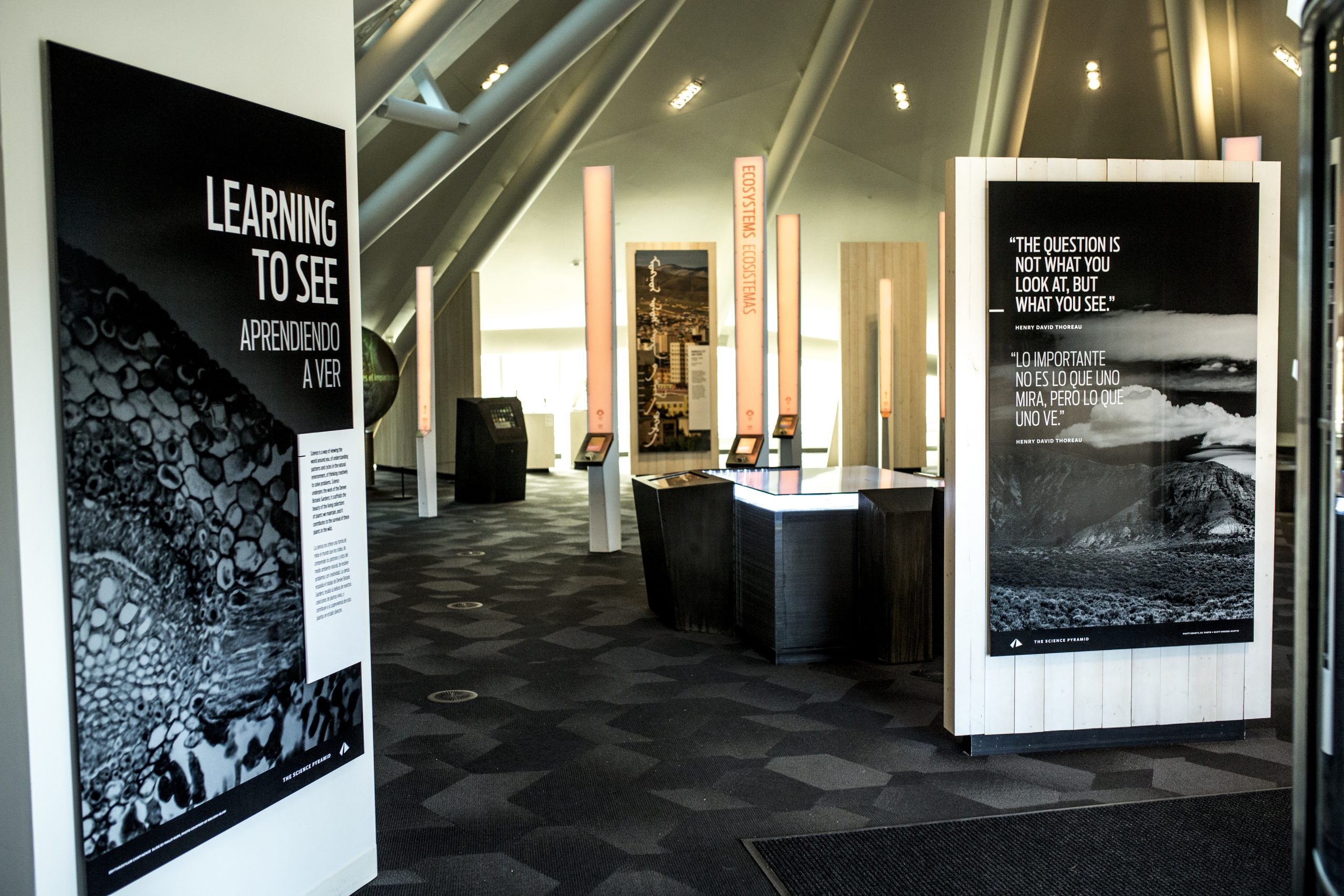
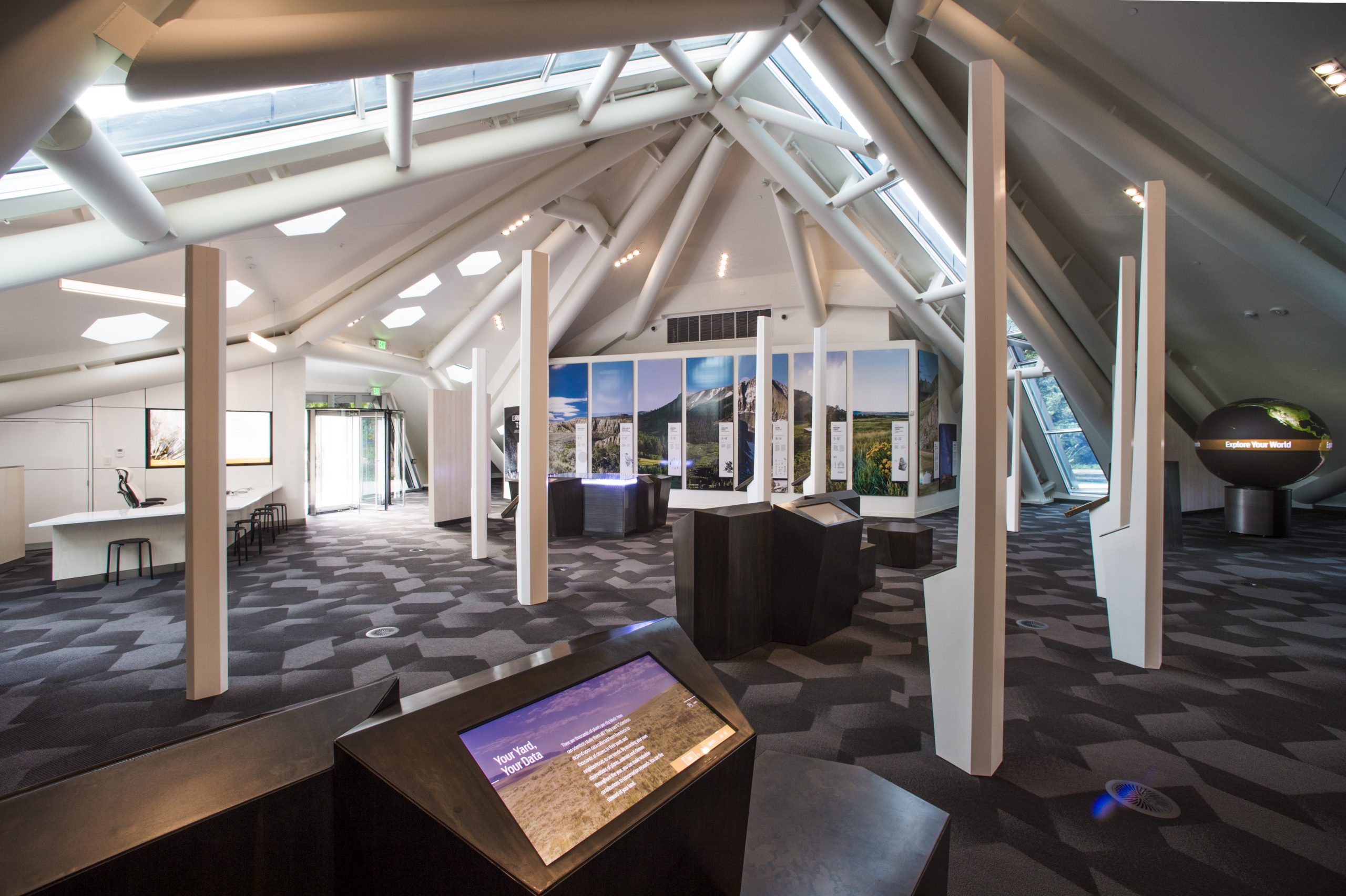
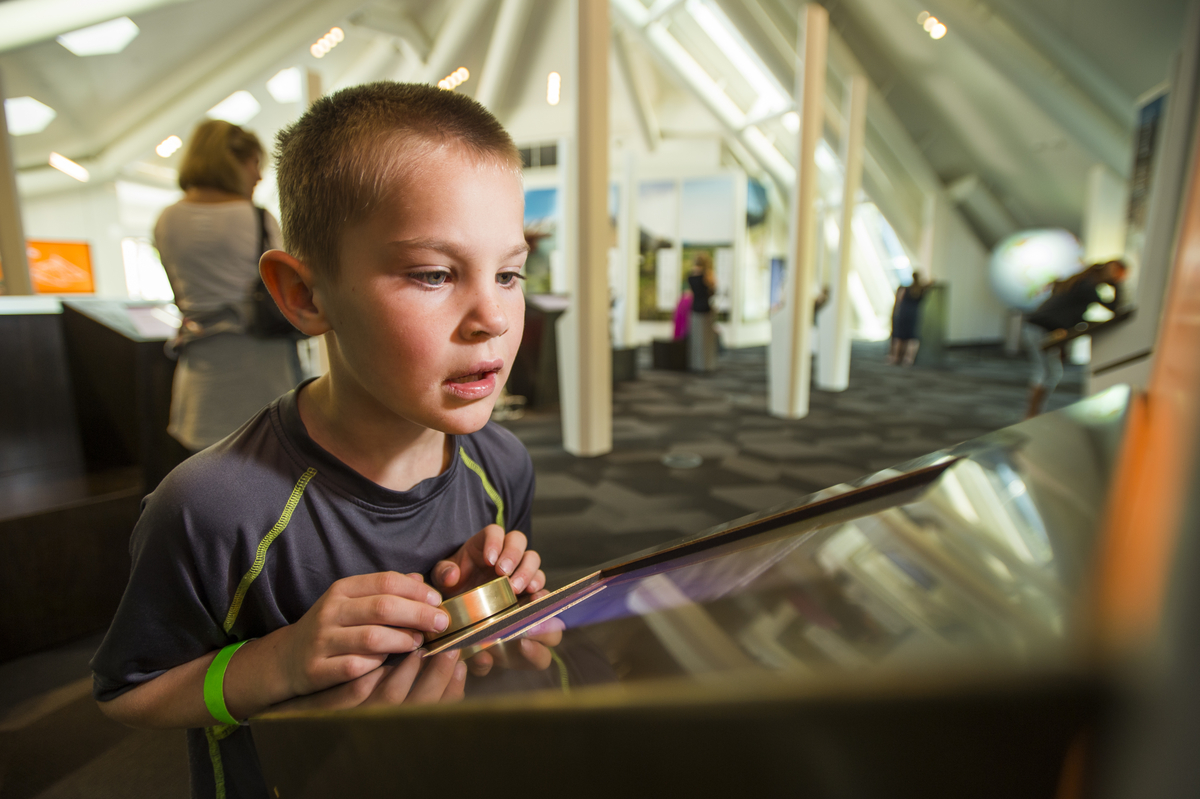

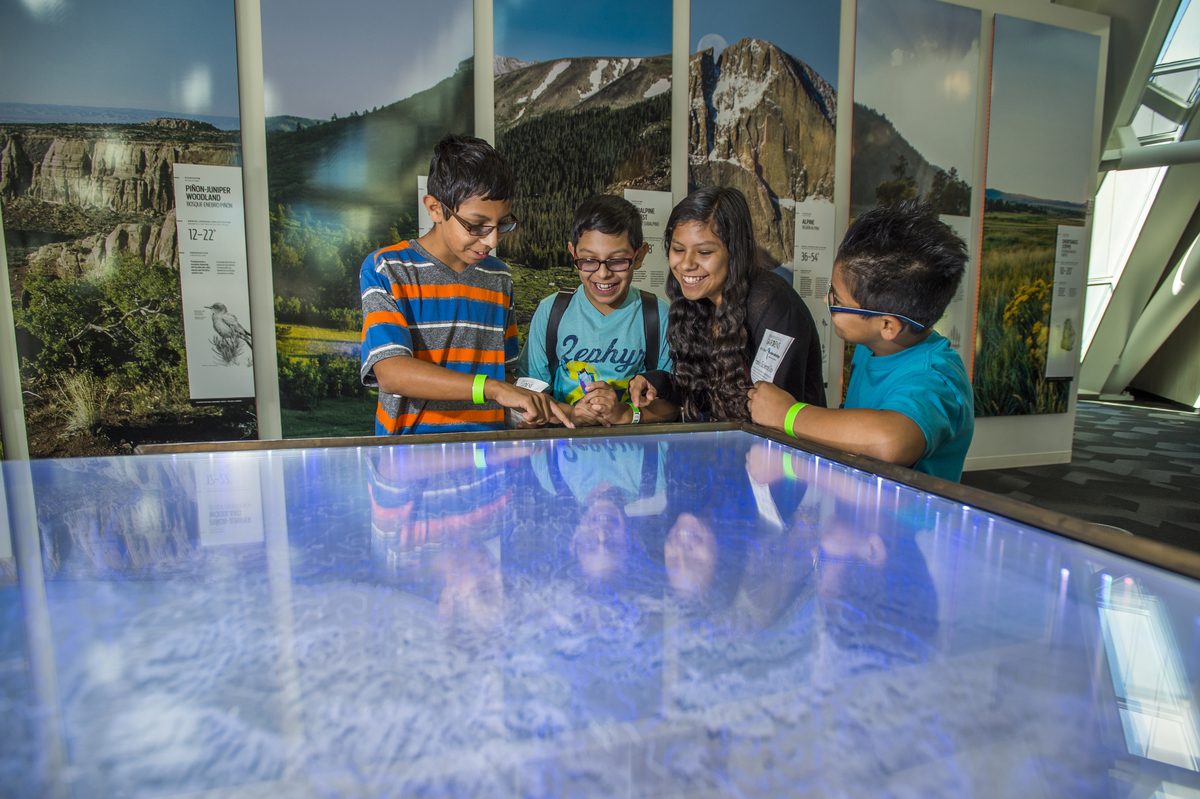
Sharing Valuable Data
Bringing experiences from the field and the lab to others isn’t just a key part of outreach; it is an important part of participating in the scientific community. As such, Denver Botanic Gardens doesn’t collect plants from across Colorado just to keep them locked away in the herbarium. They take advantage of technological advancement, and open access data sharing efforts, to publish the information describing their specimens on various internet databases so that scientists worldwide can incorporate the data into their research and statistical models. What’s more, it’s not just their herbaria data that are shared.
Denver Botanic Gardens has worked hard in the past few years to standardize all of their data collection. This allows them to better combine data from ecological and floristic projects and to expand its use. Data is entered using Darwin Core standards which helps them share data with the broader scientific community in a standardized way. Thus they can share genetic data through the Global Genome Biodiversity Network, specimen data through iDigBio, ecological datasets on GBif, and more. All of their efforts help more scientists work towards increasing our knowledge and understanding of the plant world, hopefully helping us save more plants.